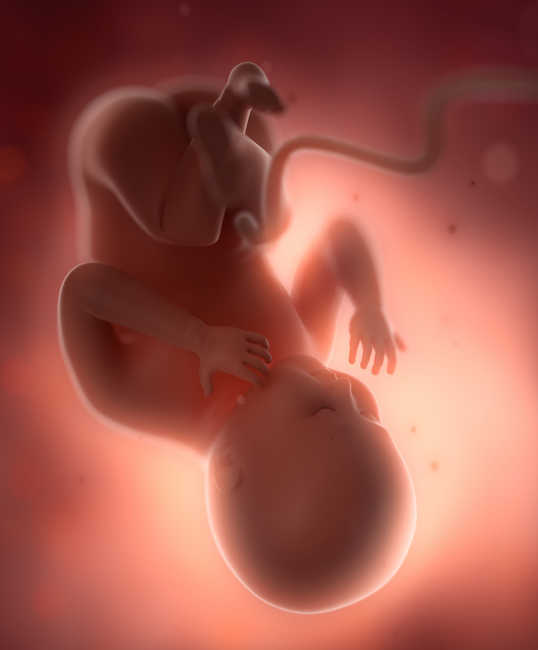California: Abortions performed in the United States increased by 8% during the three years ending in 2020, reversing a 30-year trend of declining numbers, according to data released on Wednesday by the Guttmacher Institute, an abortion rights research group.
The rise comes as the U.S. Supreme Court is set to rule this month in a case widely expected to end or severely curtail the right to the procedure, as indicated by a leaked draft of the court’s opinion.
“In the 20-something years I’ve been doing research on abortion at Guttmacher, this is the first time we’ve had an increase in abortion over two years,” Jones said in an interview.
In 2020, the report shows, there were 930,160 abortions in the United States, up from 862,320 in 2017. Slightly more than one in five pregnancies – or 20.6% – ended in abortion in 2020, up from 18.4% in 2017.
The changes varied by state. Mississippi, for example, had a 40% increase in the number of abortions performed, while Oklahoma showed a jump of 103% during the three-year period.
By comparison, abortions in Missouri dropped by 96%, from 4,710 in 2017 to 170 in 2020, as all but one provider left the state. Neighboring Illinois showed a 25% increase in abortions, indicating that women from Missouri may have sought abortions there.
It was not immediately clear what drove the increase in abortions. One factor may have been an expansion of coverage in many states under the Medicaid program, which provides health care for poor and low-income Americans, the report said.
Another possibility is that some women lost access to contraceptive care under restrictions in public programs during Republican Donald Trump’s presidency, which may have led to more unintended pregnancies, the report said.
The pandemic was not a major driver of unplanned pregnancies or abortion, Jones said. However, as covid cases flooded New York, many clinics cut their hours, possibly reducing access to abortion and leading to a smaller increase in the state than in other parts of the country over three years.
In Texas, conservative lawmakers deemed abortion a non-essential service during the height of the pandemic, leading to a slight drop in 2020 over the prior year. Over the three years, however, abortions in Texas increased by 5%.
In 2021, Texas enacted a law banning abortion after fetal cardiac activity can be detected, generally about six weeks after the woman’s last menstrual period. The law has led many women to seek abortion in other states.


